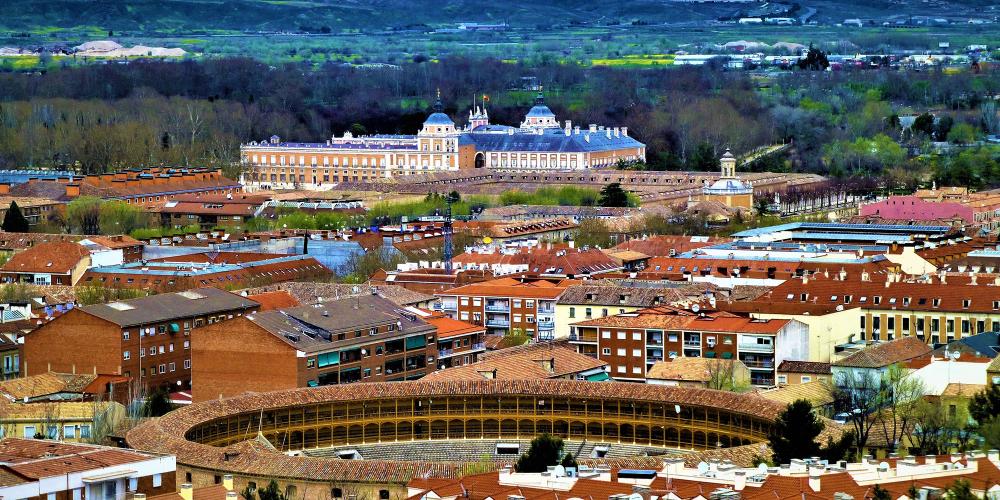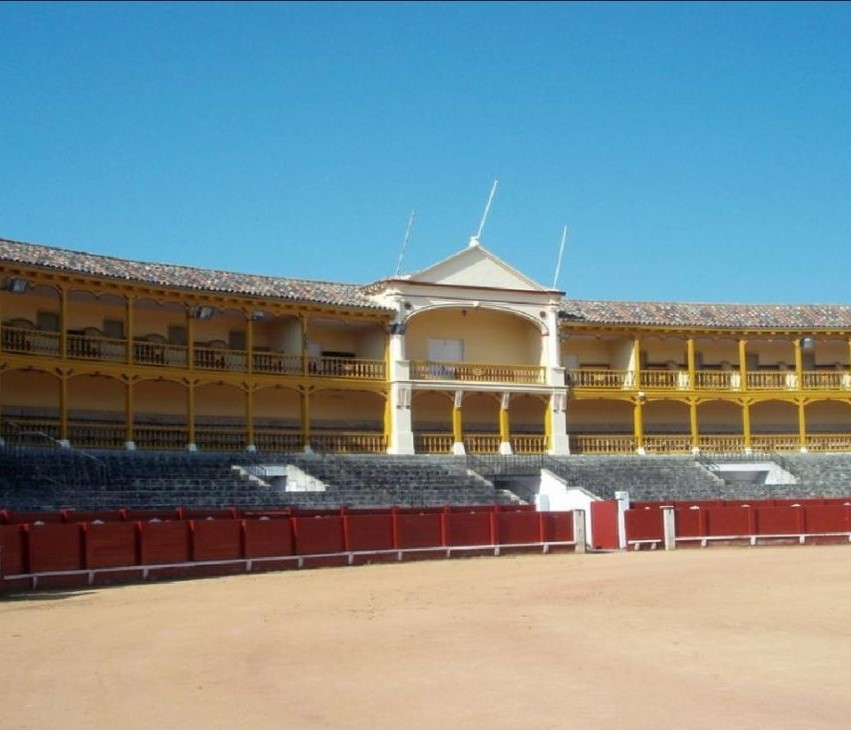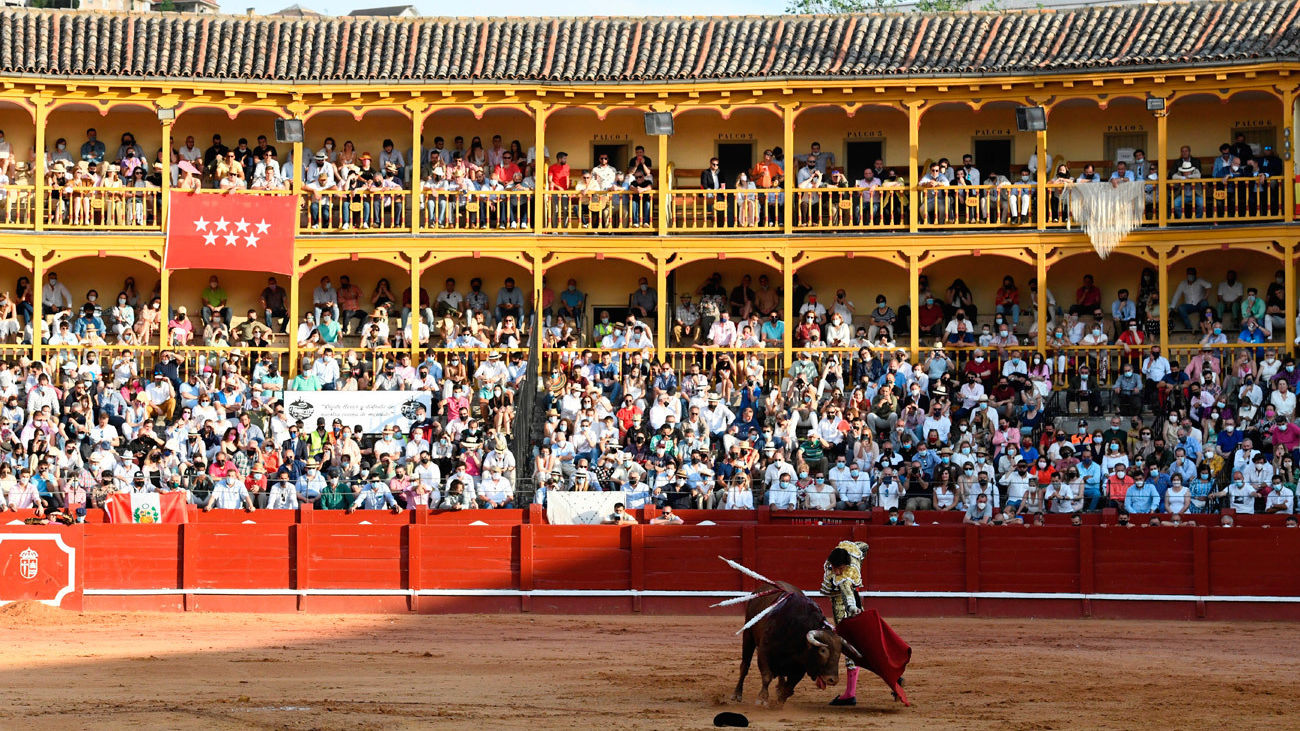In Aranjuez, a historic city just south of Madrid, lies a museum that offers a unique glimpse into one of Spain's most controversial cultural traditions: bullfighting. The Aranjuez Bullfighting Museum, housed within an 18th-century bullring, stands as a testament to the enduring legacy of this contentious spectacle. Whether you're an aficionado of the sport or simply curious about its history, this museum provides a fascinating journey through the world of tauromaquia, the art of bullfighting.

The story of the Aranjuez Bullfighting Museum begins with the construction of its home, the Plaza de Toros (bullring) of Aranjuez. Built between 1790 and 1797, this architectural gem was designed by Juan de Villanueva, the same visionary behind many of Spain's most notable landmarks. The bullring was not merely a venue for entertainment; it was conceived as an integral part of the royal palace complex in Aranjuez, reflecting the deep-rooted connection between the Spanish monarchy and the tradition of bullfighting.
King Carlos IV and his wife, María Luisa de Parma, inaugurated the bullring, cementing its status as a site of royal significance. This regal association set the tone for the venue's future, ensuring its place as a cultural cornerstone of Aranjuez for centuries to come.
The Plaza de Toros of Aranjuez is a prime example of traditional Spanish bullring architecture. Its circular layout, with rows of seating surrounding the central arena, creates an intimate atmosphere that brings spectators close to the action. The design not only serves a practical purpose but also contributes to the dramatic tension that characterises bullfighting events.

As visitors approach the museum, they're greeted by the imposing façade of the bullring. The 'Puerta de Cuadrillas', or the entrance for the bullfighting teams, serves as the gateway to the museum, immediately immersing guests in the world of tauromaquia.
Upon entering the museum, visitors are transported back in time. The collection housed within these historic walls is one of the most comprehensive in Spain, offering a detailed look at the evolution of bullfighting from its earliest days to the present. The museum's exhibits are thoughtfully curated to provide a holistic view of bullfighting culture. Visitors can marvel at an impressive array of matador costumes, known as 'trajes de luces' or 'suits of lights'. These ornate outfits, adorned with intricate gold and silver embroidery, showcase the pageantry and artistry associated with the spectacle.

One of the most intriguing displays features the protective gear worn by picadors, the mounted horsemen who participate in bullfights. The heavy leather chaps and reinforced saddles offer a tangible sense of the dangers faced by both man and horse in the ring.
A particularly noteworthy exhibit showcases a pair of drums that date back to the 18th century. These instruments, which miraculously survived a fire that once ravaged the building, serve as a poignant link to the bullring's earliest days. The museum doesn't shy away from the controversial aspects of bullfighting. Instead, it presents the practice as a complex art form, deeply ingrained in Spanish culture. Displays explain the different stages of a bullfight, the roles of various participants, and the intricate rules and traditions that govern the spectacle.
Visitors can learn about famous matadors who have graced the Aranjuez ring, their triumphs and tragedies immortalised in photographs, posters, and personal effects. The museum also delves into the breeding of fighting bulls, explaining how these animals are specially raised for the ring and the characteristics that make a bull suitable for bullfighting.
While the museum primarily focuses on bullfighting, it also provides valuable insights into the broader cultural context of the practice. Exhibits touch on the influence of bullfighting on Spanish art, literature, and music. Visitors can see how this controversial tradition has inspired painters like Goya and Picasso, writers such as Hemingway, and countless other artists across various mediums.

The museum also explores the role of bullfighting in local festivities and its importance to the economy of Aranjuez and other Spanish towns. This broader perspective helps visitors understand why, despite growing opposition, bullfighting remains an integral part of Spanish cultural identity for many.
Like many historical landmarks, the Plaza de Toros of Aranjuez has faced challenges related to maintenance and preservation over the years. However, recent efforts have been made to restore and preserve both the bullring and its museum, recognising their cultural and architectural importance. These restoration efforts have not only ensured the structural integrity of the building but have also allowed for the expansion and improvement of the museum's facilities. Today, the Aranjuez Bullfighting Museum stands as a well-maintained tribute to a controversial yet undeniably significant aspect of Spanish heritage.
For those seeking a more in-depth understanding of the museum and its contents, guided tours are available. These tours offer visitors clear explanations of the bullring's architecture, the various rooms within the complex, and the functions of the professionals involved in a bullfight. Tour guides also provide historical context, sharing stories about famous bullfights that have taken place in Aranjuez and explaining how the tradition of bullfighting has evolved over time. These guided experiences can greatly enhance a visitor's understanding and appreciation of the exhibits, regardless of their prior knowledge of bullfighting.

It's impossible to discuss the Aranjuez Bullfighting Museum without acknowledging the controversy surrounding bullfighting itself. While the museum presents bullfighting as an art form and cultural tradition, it also provides an opportunity for visitors to reflect on the practice's ethical implications.
The museum doesn't shy away from the debate surrounding bullfighting. Instead, it presents information that allows visitors to form their own opinions. This balanced approach makes the museum an interesting destination not only for bullfighting enthusiasts but also for those who are critical of the practice or simply curious about its place in Spanish culture.
While the Bullfighting Museum is undoubtedly a highlight, Aranjuez itself offers much more for the curious traveller. The city, a UNESCO World Heritage site, is renowned for its royal palace, beautiful gardens, and rich history. Visitors to the museum can easily extend their cultural exploration to include these other significant sites.